- myFICO® Forums
- FICO Scoring and Other Credit Topics
- General Credit Topics
- Low Down on Balance Reporting?
- Subscribe to RSS Feed
- Mark Topic as New
- Mark Topic as Read
- Float this Topic for Current User
- Bookmark
- Subscribe
- Mute
- Printer Friendly Page
Low Down on Balance Reporting?
Is your credit card giving you the perks you want?
Browse credit cards from a variety of issuers to see if there's a better card for you.
- Mark as New
- Bookmark
- Subscribe
- Mute
- Subscribe to RSS Feed
- Permalink
- Report Inappropriate Content
Low Down on Balance Reporting?
I have some questions about how balances are reported by Credit Card companies to the Credit Bureaus.
If a lender reports a balance to more than one credit bureau, do they typically report it on the same day to all bureaus?
Do most lenders report the credit card balance on the same day each month, and do they always report it whether the balance has changed or not or will the report it ad hoc (and day) when the size of the amount of the change exceeds a certain minimum?
If lenders typically report the same day each month, what's the easiest way to determine which day they report it? If it's a consistent date, I would guess it's shortly after the payment due date for that month? But is there an easy way to tell for sure aside from manually checking your report daily?
- Mark as New
- Bookmark
- Subscribe
- Mute
- Subscribe to RSS Feed
- Permalink
- Report Inappropriate Content
Re: Low Down on Balance Reporting?
They'll report it to each of the bureaus on the same day, the bureaus will each take different amounts of time to make the updated information available and reflected on your reports.
The norm for lenders is to report the statement balance, which is decided via statement date. Some lenders have their own quirks with reporting, you'd have to search it up by lender if that applies.
Easiest way to determine when they report is to ask them (9/10 times the update is sent out to the bureaus on the statement date with the statement balance).
- Mark as New
- Bookmark
- Subscribe
- Mute
- Subscribe to RSS Feed
- Permalink
- Report Inappropriate Content
Re: Low Down on Balance Reporting?
That's interesting. So if you had a $5K credit line, charged $4K and paid all $4K off before the due date, and did that month after month, the bureaus would be showing a credit utilization (for just that account) of 80%!? That doesn't seem right/fair. I had guessed the balance was the balance that wasn't paid by the statement due date. But I guess guessed incorrectly.
If that's true, to decrease your credit utilization, then you basically would want to pay the $4K right before your statement ending date before you even got your statement! Correct? That seems really odd. Seems like you should have a grace period to pay your statement balance and the bank should report the balance the day after the payment due date. But it is what it is I suppose.
- Mark as New
- Bookmark
- Subscribe
- Mute
- Subscribe to RSS Feed
- Permalink
- Report Inappropriate Content
Re: Low Down on Balance Reporting?
In your above example, if you charged $4k and paid the $4k off before the due date that means your balance would be $0, so the statement would cut at $0 and that $0 balance would be reported.
What I think you're referring to is "floating" a $4k balance. What that means is that you charge $4k, allow the statement period to close with a $4k balance and your $4k balance reports. Yes, that's 80% utilization. Then you have ~3 weeks to pay it off before the next payment due date. If you pay off that $4k, but charge $4k more, you'll continue to report a $4k balance monthly... but you're paying no interest because you're always paying off the previous statement balance in full. So yes, it's possible to have an account stay at 80% [reported] utilization month after month even when paying it off in full.
The good news is that such behavior is exactly what a lender loves to see... heavy spend (relative to limit) and paying it all off. That type of healthy credit behavior often results in a CLI, so this lender could bump that $5k limit up to (say) $10k just for exhibiting sound Transactor behavior. Then the 80% utilization problem begins to correct itself, as now with the same $4k balance reporting monthly they are only sitting at 40% utilization on the new limit.
- Mark as New
- Bookmark
- Subscribe
- Mute
- Subscribe to RSS Feed
- Permalink
- Report Inappropriate Content
Re: Low Down on Balance Reporting?
@Jazee wrote:I have some questions about how balances are reported by Credit Card companies to the Credit Bureaus.
If a lender reports a balance to more than one credit bureau, do they typically report it on the same day to all bureaus?
Do most lenders report the credit card balance on the same day each month, and do they always report it whether the balance has changed or not or will the report it ad hoc (and day) when the size of the amount of the change exceeds a certain minimum?
If lenders typically report the same day each month, what's the easiest way to determine which day they report it? If it's a consistent date, I would guess it's shortly after the payment due date for that month? But is there an easy way to tell for sure aside from manually checking your report daily?
Most lenders report the statement balance as the reported balance.
But there are numerous exceptions.
FICO "utilization" isn't about utilization at all, it's about the reported balances.
Example:
A and B each have a credit card with a 5k limit, and each spends 2500 in a month.
A pays off the 2500 before the balance reports, while B pays the 2500 off the day after it reports.
A will have 0% utilization while B will have 50% utilization



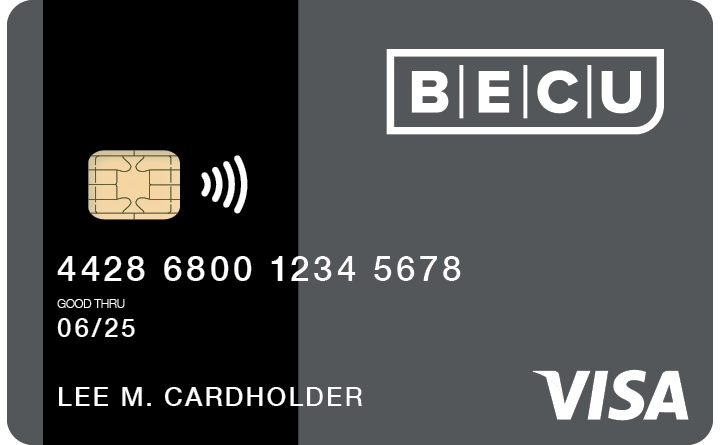








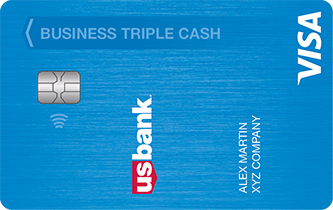

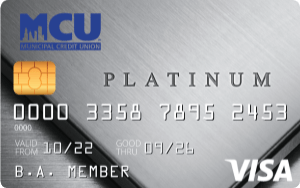

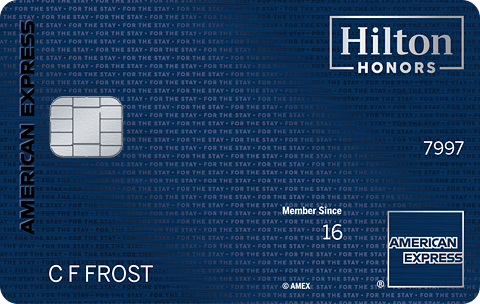


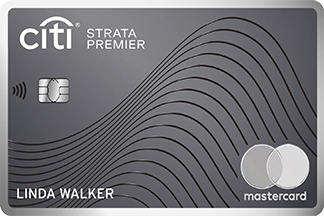
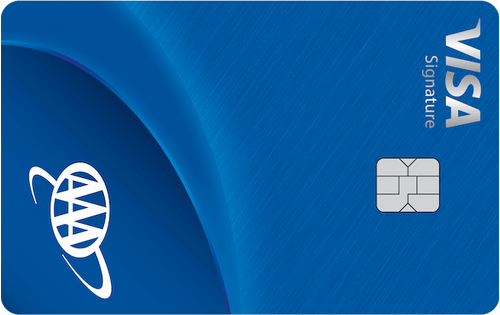

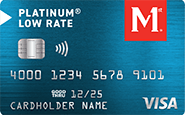
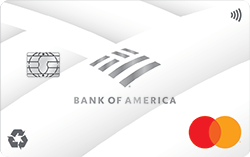


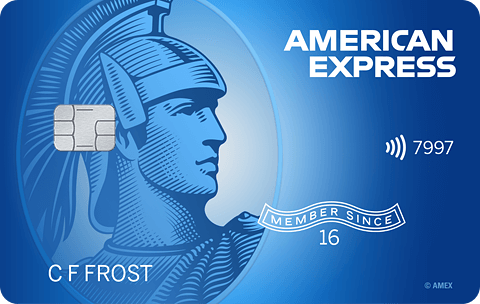




Total revolving limits 568220 (504020 reporting) FICO 8: EQ 689 TU 691 EX 682
- Mark as New
- Bookmark
- Subscribe
- Mute
- Subscribe to RSS Feed
- Permalink
- Report Inappropriate Content
Re: Low Down on Balance Reporting?
@Anonymous wrote:In your above example, if you charged $4k and paid the $4k off before the due date that means your balance would be $0, so the statement would cut at $0 and that $0 balance would be reported.
What I think you're referring to is "floating" a $4k balance. What that means is that you charge $4k, allow the statement period to close with a $4k balance and your $4k balance reports. Yes, that's 80% utilization. Then you have ~3 weeks to pay it off before the next payment due date. If you pay off that $4k, but charge $4k more, you'll continue to report a $4k balance monthly... but you're paying no interest because you're always paying off the previous statement balance in full. So yes, it's possible to have an account stay at 80% [reported] utilization month after month even when paying it off in full.
The good news is that such behavior is exactly what a lender loves to see... heavy spend (relative to limit) and paying it all off. That type of healthy credit behavior often results in a CLI, so this lender could bump that $5k limit up to (say) $10k just for exhibiting sound Transactor behavior. Then the 80% utilization problem begins to correct itself, as now with the same $4k balance reporting monthly they are only sitting at 40% utilization on the new limit.
At the same time making other CC issuers see the 80% and maybe panic and lower card limits to protect themselves from possible loss. Most issuers want to see monthly utilization (Which is reported balance, as SJ pointed out above) between 20 - 40 percent. This is why many with lowish CL's for monthly spend do "Azeo" or some lesser version. Is hunting for a quick CL increase worth the negative risk?. CL increases will come just because of your monthly 4k spend with out letting 80+ utilization report. It might take longer but you won't scare other issuers. Sorry "BBS", I am 180 you on this one
- Mark as New
- Bookmark
- Subscribe
- Mute
- Subscribe to RSS Feed
- Permalink
- Report Inappropriate Content
Re: Low Down on Balance Reporting?
@Kforce wrote:At the same time making other CC issuers see the 80% and maybe panic and lower card limits to protect themselves from possible loss. Most issuers want to see monthly utilization (Which is reported balance, as SJ pointed out above) between 20 - 40 percent. This is why many with lowish CL's for monthly spend do "Azeo" or some lesser version. Is hunting for a quick CL increase worth the negative risk?. CL increases will come just because of your monthly 4k spend with out letting 80+ utilization report. It might take longer but you won't scare other issuers. Sorry "BBS", I am 180 you on this one
All good, we can agree to disagree ![]()
First of all, it's 100% profile dependent. OP didn't provide any profile data, so we don't know if his is strong or weak. On a strong profile, people can roll with maxed out utilization all day for months on end and never see AA. On a weak profile it's 50/50. On a weak 650 Fico score profile I've seen people run with 6-7 revolvers all at 85%-100% utilization for 6+ months that didn't see any AA because they never missed a payment. You've got to know your own profile.
Also, other lenders can see your payments on your CR. So if someone has 80% utilization on a card ($4k balance on a $5k card) and it shows ~$4k monthly payments cycle after cycle, there is zero cause for alarm by anyone looking at it. That's strict Transactor behavior and in terms of credit health just about the best look one could have.
My opinion is that this lender "panic" stuff thrown around on this forum is more of an urban legend than anything else. It gets talked about as something that "can happen" but rarely if ever do you see a post where it did happen. And, if you do happen to find one, 99 out of 100 times it's going to be on a weak (dirty) profile that has payment history issues. If you can link me a few threads where someone with a clean/strong profile received AA from other lenders because they carried a high balance on one CC for a period of time I'd enjoy reading the reference. Heck, there are cards designed for this very purpose... like BT cards, 0% offers etc. where the expectation is high utilization for a length of time.
- Mark as New
- Bookmark
- Subscribe
- Mute
- Subscribe to RSS Feed
- Permalink
- Report Inappropriate Content
Re: Low Down on Balance Reporting?
@Anonymous wrote:
@Kforce wrote:At the same time making other CC issuers see the 80% and maybe panic and lower card limits to protect themselves from possible loss. Most issuers want to see monthly utilization (Which is reported balance, as SJ pointed out above) between 20 - 40 percent. This is why many with lowish CL's for monthly spend do "Azeo" or some lesser version. Is hunting for a quick CL increase worth the negative risk?. CL increases will come just because of your monthly 4k spend with out letting 80+ utilization report. It might take longer but you won't scare other issuers. Sorry "BBS", I am 180 you on this one
All good, we can agree to disagree
First of all, it's 100% profile dependent. OP didn't provide any profile data, so we don't know if his is strong or weak. On a strong profile, people can roll with maxed out utilization all day for months on end and never see AA. On a weak profile it's 50/50. On a weak 650 Fico score profile I've seen people run with 6-7 revolvers all at 85%-100% utilization for 6+ months that didn't see any AA because they never missed a payment. You've got to know your own profile.
Also, other lenders can see your payments on your CR. So if someone has 80% utilization on a card ($4k balance on a $5k card) and it shows ~$4k monthly payments cycle after cycle, there is zero cause for alarm by anyone looking at it. That's strict Transactor behavior and in terms of credit health just about the best look one could have.
My opinion is that this lender "panic" stuff thrown around on this forum is more of an urban legend than anything else. It gets talked about as something that "can happen" but rarely if ever do you see a post where it did happen. And, if you do happen to find one, 99 out of 100 times it's going to be on a weak (dirty) profile that has payment history issues. If you can link me a few threads where someone with a clean/strong profile received AA from other lenders because they carried a high balance on one CC for a period of time I'd enjoy reading the reference. Heck, there are cards designed for this very purpose... like BT cards, 0% offers etc. where the expectation is high utilization for a length of time.
"First of all, it's 100% profile dependent. OP didn't provide any profile data, so we don't know if his is strong or weak."
Exactly why I would not recommend 80% utilization. we don't know.
CC issuers see your spend on a card regardless of what utilization reports. With normal use, good payments and a little time they also reward by giving adequate CL's with out ever letting 80% report. I have never had a card report more than about 20%, and had CL's over $50,000.
- Mark as New
- Bookmark
- Subscribe
- Mute
- Subscribe to RSS Feed
- Permalink
- Report Inappropriate Content
Re: Low Down on Balance Reporting?
@Kforce wrote:CC issuers see your spend on a card regardless of what utilization reports. With normal use, good payments and a little time they also reward by giving adequate CL's with out ever letting 80% report. I have never had a card report more than about 20%, and had CL's over $50,000.
The debate is not about the lender with which the 80% utilization is reported. You were suggesting that other lenders could take AA, something that would be very difficult for you to find a reference of if this were a Transactor, always paying off their statement balance in full cycle after cycle. My counter argument to yours was that other lenders can see the payments on that high [reported] utilization account, so why would they care what the utilization percentage is if ~$4k is being paid monthly on a $5k limit card?
I get your overall point and conserative "better safe than sorry" type approach, as I'm ultra conservative too when it comes to most credit-related discussions. I however maintain that this beware of AA due to a high utilization account is more of a myth than anything else, as it's very difficult to find actual references of it happening. And again, when it actually does happen, 9 times out of 10 it's because someone had recent dirty information introduced to their CR... not just the high utilization.
- Mark as New
- Bookmark
- Subscribe
- Mute
- Subscribe to RSS Feed
- Permalink
- Report Inappropriate Content
Re: Low Down on Balance Reporting?
@Anonymous wrote:
@Kforce wrote:CC issuers see your spend on a card regardless of what utilization reports. With normal use, good payments and a little time they also reward by giving adequate CL's with out ever letting 80% report. I have never had a card report more than about 20%, and had CL's over $50,000.
The debate is not about the lender with which the 80% utilization is reported. You were suggesting that other lenders could take AA, something that would be very difficult for you to find a reference of if this were a Transactor, always paying off their statement balance in full cycle after cycle. My counter argument to yours was that other lenders can see the payments on that high [reported] utilization account, so why would they care what the utilization percentage is if ~$4k is being paid monthly on a $5k limit card?
I get your overall point and conserative "better safe than sorry" type approach, as I'm ultra conservative too when it comes to most credit-related discussions. I however maintain that this beware of AA due to a high utilization account is more of a myth than anything else, as it's very difficult to find actual references of it happening. And again, when it actually does happen, 9 times out of 10 it's because someone had recent dirty information introduced to their CR... not just the high utilization.
"I get your overall point and conservative "better safe than sorry" type approach"
You hit the nail on the head, so to speak.
I take it slow, don't ruffle any feathers, don't push any limits, and it works well.
I only recommend what has worked for me over a long credit history.